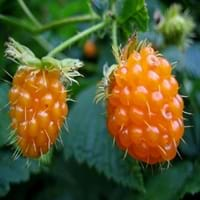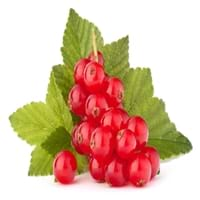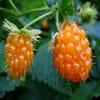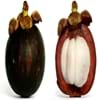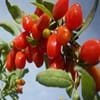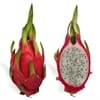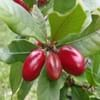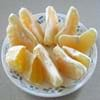Health Benefits
Cancer prevention, Improves stomach health, Weight loss properties
Cancer prevention, Gout treatment, Heart care, Regulation of heart rate, Treatment of rheumatism
General Benefits
Anti oxidant properties, Digestive aid, Eye care, Healing of wounds, Improves eye vision, Maintains healthy cholesterol level, Strengthens bones
Anti oxidant properties, Controls blood pressure, Cures fever, Digestive aid, Healing of wounds, Helps in weight loss, Strengthens bones
Skin Benefits
Anti-aging benefits, Reduces wrinkles
Brightens and lightens complexion, Reduces wrinkles, Treatment of acne
Hair Benefits
Protects hair, Regulates hair growth
Protects hair
Allergy Symptoms
Abdominal pains, Itching, Swelling of mouth, tongue or lips
Abnormally rapid heart rate, Anaphylaxis, Breathing difficulty, Hives, Itching, Swallowing difficulties
Side Effects
Allergic reaction
Possibly unsafe during pregnancy
Best Time to Eat
Best if taken as a breakfast (or empty stomach), As a snack in the late afternoon, Don't eat after meal, Morning time (before lunch)
Best if taken as a breakfast (or empty stomach), As a snack in the late afternoon, Don't eat after meal, Morning time (before lunch)
Vitamin B5 (Pantothenic Acid)
Vitamin C (Ascorbic Acid)
Vitamin K (Phyllochinone)
Lutein+Zeaxanthin
Not Available
Calories in Fresh Fruit with Peel
Calories in Fresh Fruit without Peel
Not Available
Not Available
Calories in Frozen Form
Not Available
Not Available
Calories in Dried Form
Not Available
Calories in Canned Form
Not Available
Not Available
Season
All seasons
Summer
Varieties
Golden ruby and Olympic Double
Rovada, Stanza, Red Lake, Junifer and Jonkheer van Tets
Color
Pink, Pink red, Salmon, Salmon yellow
Red
Origin
North America
Europe
Soil Type
Loam
Moist, Well-drained
Climatic Conditions
Moist
Cold
Facts about
- The name salmon berry is due of the resemblance with 'salmon roe'.
- In 1 kg of fruit, there are total 315,250 seeds.
- Salmon berry tree leaves act as an excellent replacement for tea.
- The albino version of red currants known as white currants, are often sold as different fruit.
- Red currant tea is healthy substitute for coffee.
- There are more than 150 varieties of red currants.
Spirits
Not Available
Yes
Cocktails
Not Available
Yes
Top Producer
United States of America
Russia
Other Countries
Canada, Mexico
Belgium, France, Germany, Ireland, Italy, Netherlands, Poland, Portugal, Scotland, Spain, Sweden, United Kingdom
Top Importer
Not Available
Germany
Top Exporter
Not Available
Russia
Botanical Name
Rubus spectabilis
Ribes rubrum
Synonym
Not Available
Not Available
Subkingdom
Tracheobionta
Tracheobionta
Division
Magnoliophyta
Magnoliophyta
Class
Magnoliopsida
Magnoliopsida
Order
Rosales
Saxifragales
Family
Rosaceae
Grossulariaceae
Species
R. spectabilis
R. rubrum
Generic Group
Not Available
Saxifrage
Difference Between Salmonberry and Red Currant
We might think that Salmonberry and Red Currant are similar with respect to nutritional value and health benefits. But the nutrient content of both fruits is different. Salmonberry and Red Currant Facts such as their taste, shape, color, and size are also distinct. The difference between Salmonberry and Red Currant is explained here.
The amount of calories in 100 gm of fresh Salmonberry and Red Currant with peel is 47.00 kcal and 56.00 kcal and the amount of calories without peel is Not Available and Not Available respectively. Thus, Salmonberry and Red Currant belong to Low Calorie Fruits and Low Calorie Fruits category.These fruits might or might not differ with respect to their scientific classification. The order of Salmonberry and Red Currant is Rosales and Saxifragales respectively. Salmonberry belongs to Rosaceae family and Red Currant belongs to Grossulariaceae family. Salmonberry belongs to Rubus genus of R. spectabilis species and Red Currant belongs to Ribes genus of R. rubrum species. Beings plants, both fruits belong to Plantae Kingdom.
